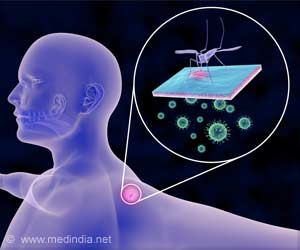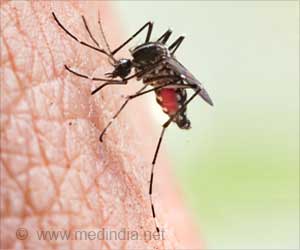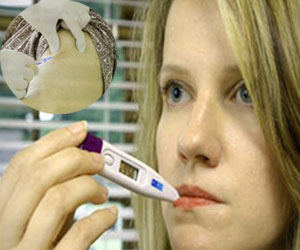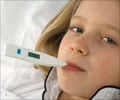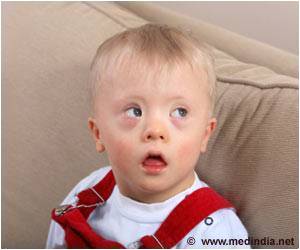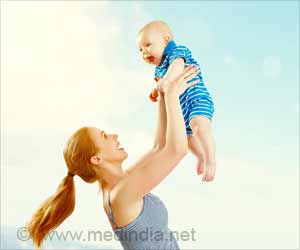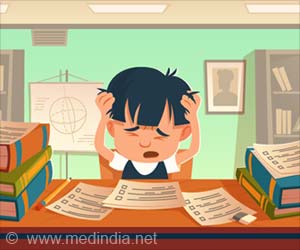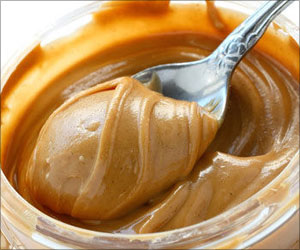Taking a single dose of the yellow fever vaccine does not offer long-lasting protection for most children, reveals a new study.

‘Taking a single dose of the yellow fever vaccine does not offer long-lasting protection for most children.’
Read More..




Since 2013, WHO recommends a single dose of the vaccine for life-long protection. This recommendation is based on proof of long-term efficacy, in vitro and in vivo, established in adults and children over 2 years of age. But data on the long-term efficacy of primary vaccination in infants are absent, despite 9-12-month-olds being the main targets of routine vaccination in countries in which yellow fever is endemic. Read More..
In this respect, WHO recommended research into the long-term persistence of the immunity conferred by vaccination in this age group. This research was performed by José Enrique Mejía from Unit 1043 Center for Pathophysiology of Toulouse Purpan in partnership with Cristina Domingo from Robert Koch Institute in Berlin, and researchers from the USA, Ghana and Mali, with support from the Wellcome Trust.
Their study verified whether children to whom the vaccine was administered at around 9 months of age were still protected several years later. The team studied two cohorts, one from Mali (587 children) and the other from Ghana (436 children), in whom the levels of specific antibodies to the yellow fever virus had been measured 4 weeks after vaccination. They then repeated the measurement several years later, with findings from previous studies enabling them to estimate that levels above 0.5 IU/ml should protect children from infection.
In the Malian cohort, 4.5 years after vaccination, only half of the children continued to present levels of antibodies above 0.5 IU/ml. And 19.3 % presented detectable antibodies but at levels below this recommended threshold (<0.5 IU/ml). The proportion of children seropositive for these antibodies was therefore 69.7 % as opposed to 96.7 % just after vaccination.
In the Ghanaian cohort, 2.5 years after vaccination, only around 30 % of children continued to be protected against infection and 11.7 % continued to present specific antibodies but in low concentrations (<0.5 IU/ml). All in all, 39.4 % of the children were considered seropositive as opposed to 72.7 % just after vaccination.
Advertisement
"Our data suggest that a booster may be necessary when the 1st vaccination is performed in 9-12-month-olds, but we will need more precise knowledge of the decrease in antibodies over time. Maintaining immunity to the virus during childhood and in adulthood is fundamental for obtaining vaccine coverage beyond the threshold of 80 % of the population in order to prevent the risk of epidemic", concludes Mejía.
Advertisement

